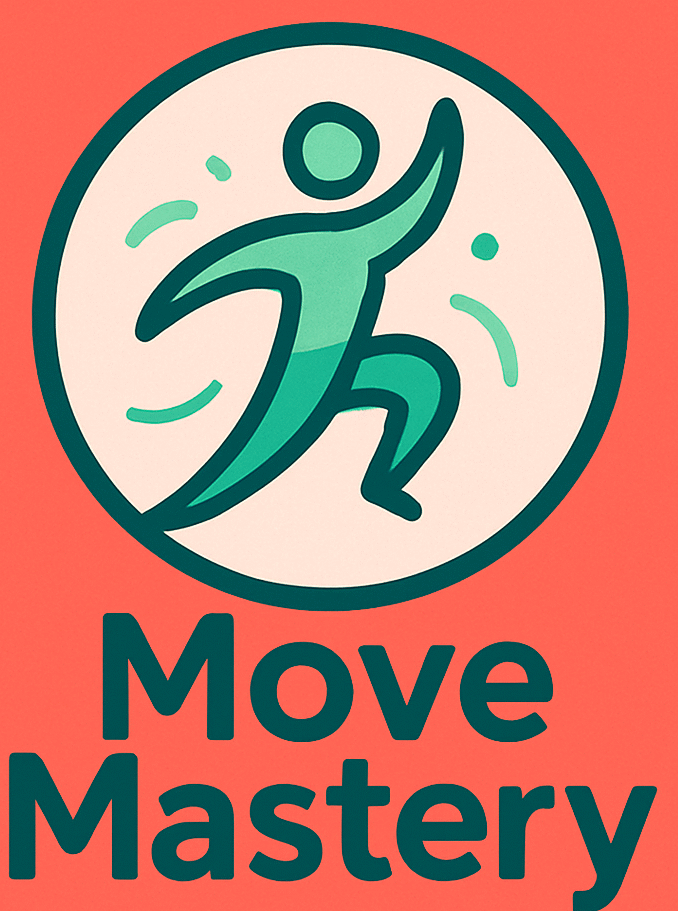
Calisthenics might sound like a big, fancy word, but it’s actually all about using your own body weight to get fit. Picture this: no weights, no machines, just you, your body, and gravity joining forces to build strength and improve flexibility. Whether you’re watching videos on the latest routines or seeing fitness enthusiasts flaunting their skills, calisthenics has become quite the fitness trend.
But why is everyone jumping on the calisthenics bandwagon? It’s simple. This form of exercise focuses on natural movements, making it accessible to practically anyone, anywhere. You don’t need to hit the gym to do it—your living room or the local park should do just fine. Calisthenics grows with you, getting as challenging as you want it to be.
A quick quest on Google about where to start with calisthenics might make your head spin. But, hey, here’s the thing: it all begins with understanding foundational movements. Think push-ups, squats, or even a simple plank. These are your building blocks that will set the stage for more advanced techniques later on.
Myth-busting time! Ever heard someone say calisthenics isn’t effective without weights? Total myth. The science behind these exercises roots from muscle hypertrophy and actual strength gains. So, if you’re aiming for strength, flexibility, and a way to mentally toughen up, calisthenics has got you covered.
Before jumping in, set your expectations. It’s easy to get caught up with quick results, but calisthenics is about the journey and consistent practice. With patience, those moves that seemed impossible at first will slowly become part of your regular repertoire.
Starting Your Calisthenics Journey: Steps for Beginners

Crafting a workout plan when you’re fresh on the calisthenics scene might feel like decoding a secret language, but it doesn’t have to be complicated. The key is to focus on foundational movements that set you up for success. Start with simple exercises like push-ups, which target several muscles at once.
Focusing on proper form is crucial. It’s easy to get caught up in the number of reps, but nailing the technique from the get-go will save you from injuries and ensure you’re truly strengthening those muscles. Imagine doing a bicep curl with a backpack—you’d want to feel it in the right places!
Home is where the heart—and workouts—are, especially when beginning calisthenics. You don’t need fancy equipment. A yoga mat or a sturdy chair can be your best workout buddies. This setup not only offers convenience but also encourages consistency since there’s no gym commute to contend with.
Every change starts with a habit. Creating a schedule that works for you is pretty essential. Maybe weekdays are for short, focused routines, while weekends allow for longer sessions. The goal is consistency, not perfection, and listening to your body is key.
Remember, the journey isn’t just about discipline but also about enjoying the process. Mixing it up with new exercises or changing the order can make workouts more engaging and keep boredom at bay. Soon, you’ll find yourself looking forward to that next session.
Your First Routine: The Best Calisthenics Workout Plan for Beginners

Getting started with a calisthenics routine is like drafting your personal game plan. Begin with a warm-up to get your blood flowing. Easy jumping jacks or a light jog in place begins everything on the right note.
A solid beginner routine might start with 3 sets of 8-10 reps of push-ups, bodyweight squats, and lunges. Then toss in a plank hold for about 30 seconds to a minute. Think of it as building strength from the core outward.
Now, it’s all about progression. As your muscles grow stronger, increase those reps or add new movements like incline push-ups or step-ups. The idea is to challenge yourself without feeling overly exhausted.
Listen to your body when deciding rest days. They’re vital for muscle recovery and avoiding burnout. Some folks feel great taking a day in between sessions, while others might relish a more conservative approach with more frequent breaks.
Look out for calisthenics communities online. From forums to social media groups, getting involved can boost motivation and offer new insights on different routines. Besides, sharing your progress can be quite satisfying.
The key takeaway? Tackling calisthenics doesn’t require a gym membership or fancy gear. With a plan in place and a commitment to the journey, you’re setting the stage for strong, steady improvement.
